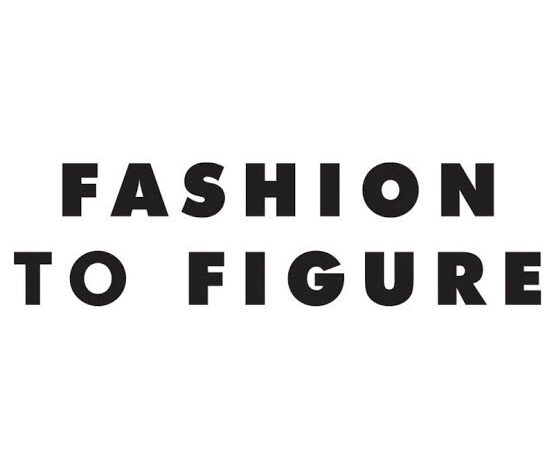Fashion to Figure is Still Available

Fashion To Figure is a company based in the United States that specializes in plus-size clothing and accessories. In November 2017, the company’s parent company filed for bankruptcy. Since then, the company has struggled to find new buyers. But it’s not entirely lost. Its products are still available, and the company’s founder Michael Kaplan is still running the company.
Michael Kaplan’s fashion to figure company
In 2004, Michael Kaplan co-founded the New York City company Fashion to Figure. With a background in venture capital, he and his brother Nick recognized a gap in the market and worked together to create a high-quality plus-size fashion brand. Today, FTF has 25 stores and an online shop. It has been able to establish its name and distinguish itself in the marketplace by offering fashions in sizes 14 to 26.
The Fashion to Figure company has built its brand on three key pillars: quality, price, and fit. The company is dedicated to helping women feel better about themselves by supplying fashionable clothing at affordable prices. Kaplan was inspired by his great-grandmother, Lena Bryant, who created the first full-figured dress store, Lane Bryant, over a century ago.
In a time when plus-size apparel is severely underserved, Fashion to Figure is a great addition to the market. It carries on the legacy of Lane Bryant by offering “Fast Fashion.” The concept of “Fast Fashion” is what sets it apart. It offers an outstanding experience both online and in-store.
Despite being a great-grandson of the founder of Lane Bryant, Michael Kaplan has built his fashion to figure company with modern business tactics. The company is a plus-size clothing company that is growing rapidly. It combines historical insights with modern business strategies. The brand has a strong brand name and is the largest plus-size fashion business in the United States.
Fashion to Figure has been in business for more than a decade. It offers fashionable apparel at great prices. Many items, such as a wool sweater, can be bought for as low as $30. It also has a large customer database. It offers gift cards, which can be used to purchase clothing at discounted prices.
Fashion To Figure started in 2004 and opened its first store in West Nyack, New York. A second location followed in Livingston, New Jersey in 2005. By 2011, it had seven retail locations and an online store. It now serves customers all over the world. The company aims to continue expanding its store and service.
Although Fashion to Figure is not a vertically integrated retail company, the company sources inventory from more than 100 vendors. This allows the company to react faster to fashion trends. Fashion To Figure also has sales associates that help shoppers decide on the appropriate style for their occasion. The company has many outlets, including jeans, dresses, swimsuits, active wear, and footwear.
Cost of products
The cost of fashion products reflects the materials and labor involved in manufacturing them. In addition, the costs of shipping and packaging also contribute to the cost of a garment. Lastly, the cost of labor accounts for the wages paid to garment workers throughout the manufacturing process. As a result, the cost of fashion products can be quite high.
Consumer prices for clothing have increased slightly across the board, with apparel prices increasing by 4.9% in the past three months. Kids’ clothes will increase by 5.6% in the next three months, and new kid’s shoes will cost 5.7% more than they did last year. But despite the price hike, demand for apparel products has remained strong, with apparel retailer sales rising 7.4% in the first half of 2021 to $130.9 billion.
The cost of logistics for fashion products is not very high, but it can’t be ignored. It’s also important to remember that the cost of returning fashion products is included in the return policy. If you purchase a product online, make sure you know how much you’ll be charged to return it if you’re not satisfied with it.
A garment’s cost includes the materials and labor necessary to create it, plus the manufacturer’s overhead costs. If the cost of the garment was the same as its wholesale price, the seller would break even. This doesn’t include the markup necessary to make a profit. The cost of a garment also includes shipping costs, packaging, and manpower.



